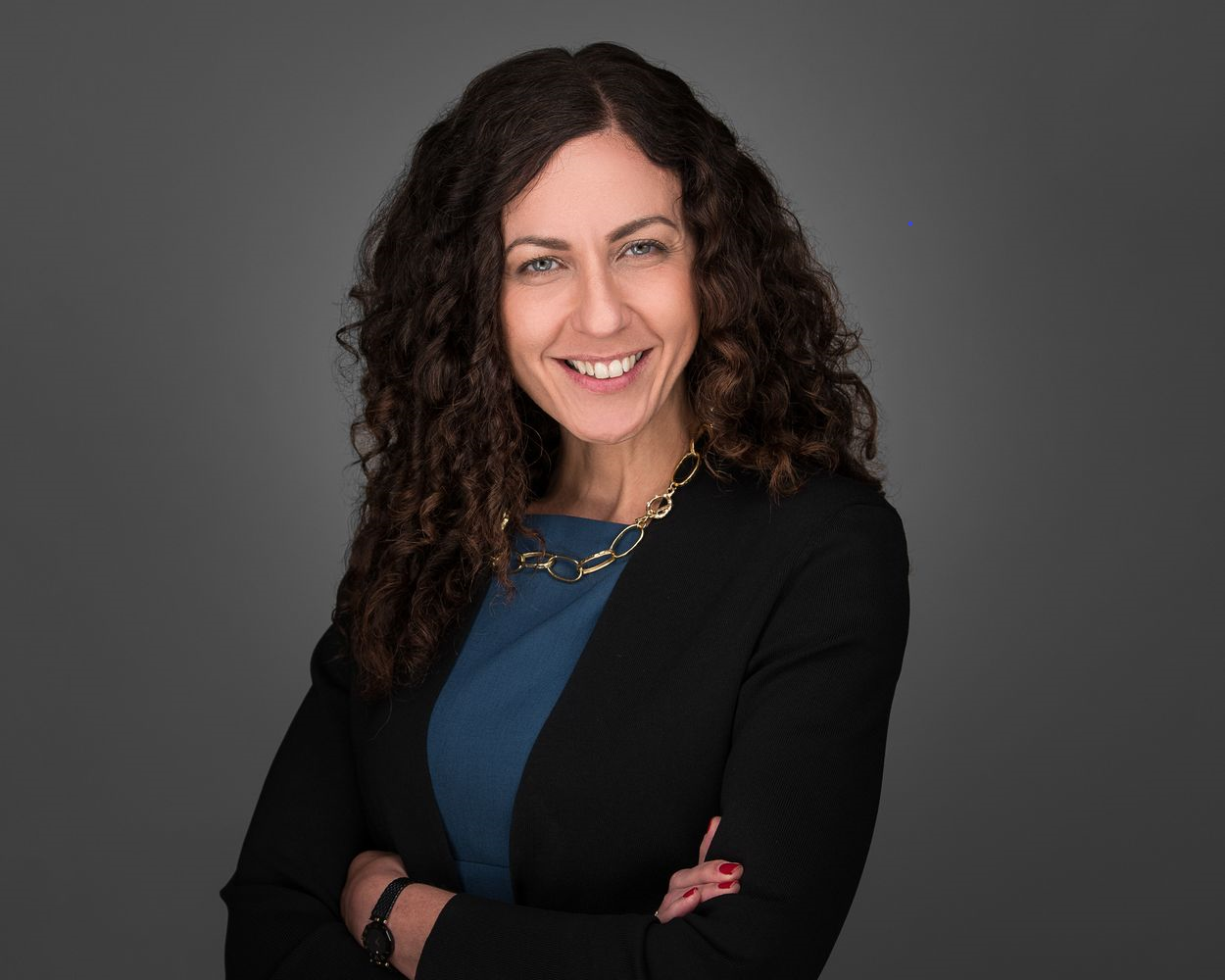
Galit Lahav
Harvard Medical School, Department of Systems Biology
Alpert Building, Room 555
200 Longwood Ave.
Boston, MA 02115
Tel: 617-432-5621
Email: galit_lahav@hms.harvard.edu
Website:
https://www.lahavlab.com/
Lab Size: Between 10 to 15
Summary
Our lab studies how individual cells translate internal and external signals into decisions such as growth, death, movement or differentiation. We quantitatively measure the changes in level, activity, or localization of proteins in single cells at high temporal resolution and correlate these behaviors with specific cellular fates. By visualizing how dynamical behaviors vary between different cells, we aim to tease out the reasons for varying behavior both in cell populations and in different cell types. Understanding these issues will be enormously important for understanding how drugs act on different cell types and organs, and to begin to gain insights into the reasons why different cells and people respond differently to specific drugs.
We mainly focus on two networks; the p53 network and the DNA damage response. In the p53 network we are investigating the dynamics of the tumor suppressor protein p53 in response to irradiation and chemotherapeutics drugs in individual cells and ask how p53’s dynamic behavior is controlled, why different cells show different dynamical behaviors and what consequences these behaviors have on cell survival. In the DNA damage response we ask how the kinetics of DNA repair and the choice of repair mechanism are affected by the cell cycle and what are the consequences of activating one repair mechanism versus the other under various cellular backgrounds.
In the long term we are optimistic that these studies will help us predict how signaling networks in human cells will behave in response to new stimuli; how they can be modified or rebuilt to give a desired cellular output; and how to selectively increase the tendency for cancer cells to go in the direction of apoptosis by modulating the dynamics of the networks controlling this decision.
Publications
Reyes J., Chen J.Y., Stewart-Ornstein J., Karhohs K.W., Mock C.S., Lahav G. (2018) Fluctuations in p53 Signaling Allow Escape from Cell-Cycle Arrest. Molecular Cell. 71(4):581-591.
Steward-Ornstein J., Cheng H.W.J., Lahav G. (2017). Conservation and Divergence of p53 Oscillations Dynamics across Species. Cell Systems 5(4):410-417.
Hafner A., Stewart-Ornstein J, Purvis J.E., Forrester W.C., Bulyk M.L., Lahav G. (2017) p53 pulses lead to distinct patterns of gene expression albeit similar DNA-binding dynamics. Nat Structural Molecular Biology. 24(10):840-847.
Stewart-Ornstein J., Lahav G. (2017) p53 dynamics in response to DNA damage vary across cell lines and are shaped by efficiency of DNA repair and activity of the kinase ATM. Science Signaling 10(476):eaah6671.
Paek A.L., Liu J.C., Loewer A., Forrester W.C., Lahav G. (2016) Cell-to-Cell Variation in p53 Dynamics Leads to Fractional Killing. Cell 165(3):631-642.
Chen S.H., Forrester W., Lahav G. (2016) Schedule-dependent interaction between anticancer treatments. Science 351(6278):1204-1208.
Stewart-Ornstein J., Lahav G. (2016) Dynamics of CDKN1A in Single Cells Defined by an Endogenous Fluorescent Tagging Toolkit. Cell Report. 14(7):1800-1811.
Lande-Diner L, Stewart-Ornstein J, Weitz CJ, and Lahav G. (2015) Single-cell analysis of circadian dynamics in tissue explants. Molecular Biology of the Cell 26(22):3940-3945.
Gaglia G., Lahav G. (2014) Constant rate of p53 tetramerization in response to DNA damage controls the p53 response. Molecular Systems Biology. 10:753.
Liu J.C., Guan X., Ryan J.A., Rivera A.G., Mock C., Agrawal V., Letai A., Lerou P.H., Lahav G. (2013) High mitochondrial priming sensitizes hESCs to DNA-damage-induced apoptosis. Cell Stem Cell 13(4):483-491.
Gaglia G., Guan Y., Shah J.V., Lahav G. (2013) Activation and control of p53 tetramerization in individual living cells. Proc Natl Acad Sci USA. 110(38):15497-15501.
Purvis J.E., Lahav G. (2013) Encoding and decoding cellular information through signaling dynamics. Cell 152(5):945-956.
Karanam K., Kafri R., Loewer A., Lahav G. (2012) Quantitative live cell imaging reveals a gradual shift between DNA repair mechanisms and a maximal use of HR in mid S phase. Molecular Cell 47(2):320-329.
Purvis J.E., Karhohs K.W., Mock C., Batchelor E., Loewer A., Lahav G. (2012) p53 dynamics control cell fate. Science 336(6087):1440-1444.
Batchelor E, Loewer A, Mock C, and Lahav G. (2011) Stimulus-dependent dynamics of p53 in single cells. Molecular Systems Biology, 7:488.
Toettcher JE, Mock C, Batchelor E, Loewer A, Lahav G. (2010) A synthetic-natural hybrid oscillator in human cells. Proc Natl Acad Sci U S A. 107(39):17047-52.
Loewer A., Batchelor E., Gaglia G., Lahav G. (2010) Basal dynamics of p53 reveal transcriptionally attenuated pulses in cycling cells. Cell 142 (1):89-100.
Tzur A., Kafri R., LeBleu V.S., Lahav G., Kirschner M.W. (2009). Cell growth and size homeostasis in proliferating animal cells. Science 325 (5937):167-171.
Toettcher JE, Loewer A, Ostheimer GJ, Yaffe MB, Tidor B, Lahav G. (2009) Distinct mechanisms act in concert to mediate cell cycle arrest. Proc Natl Acad Sci U S A. 106(3):785-90.
Batchelor E., Mock C.S., Bhan I., Loewer A., Lahav G. (2008) Recurrent initiation: a mechanism for triggering p53 pulses in response to DNA damage. Molecular Cell, 2008; 30(3):277-289.
